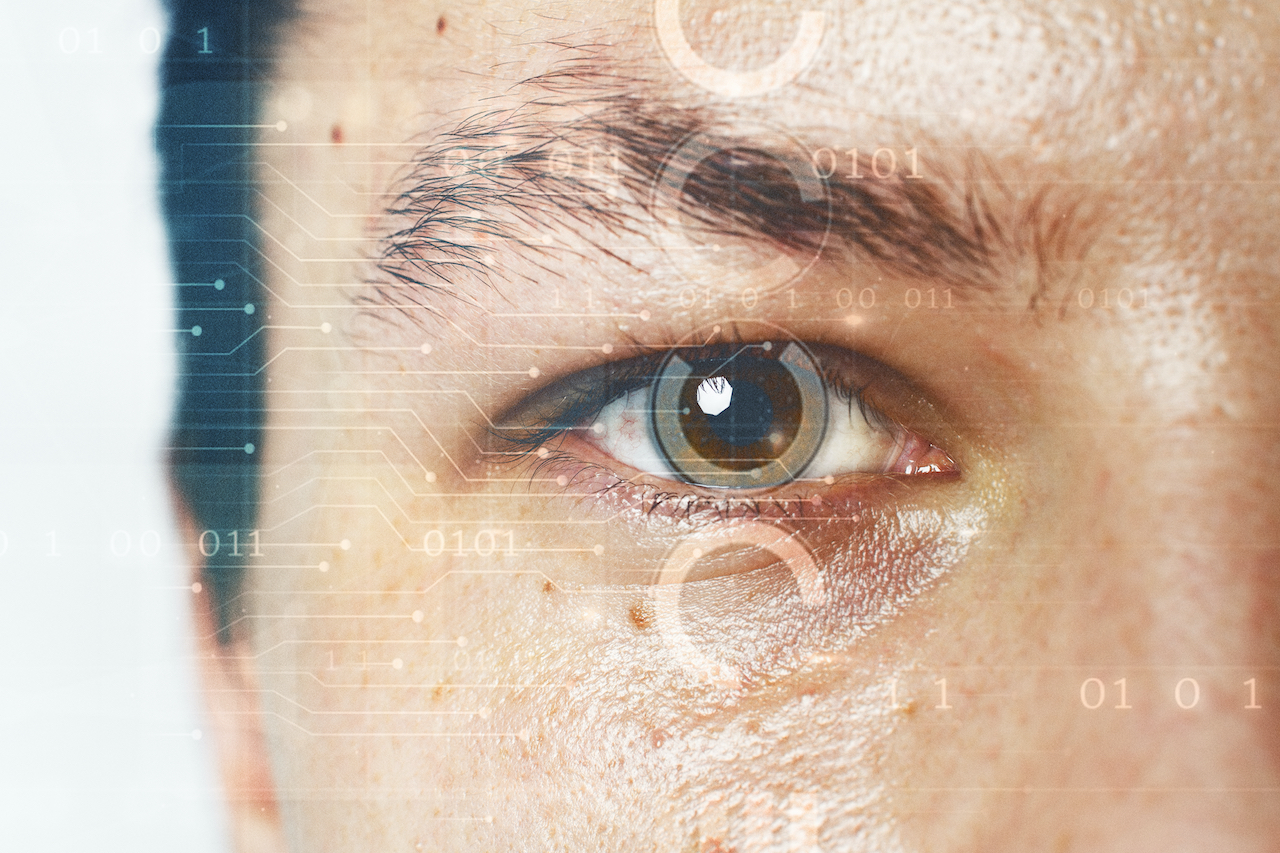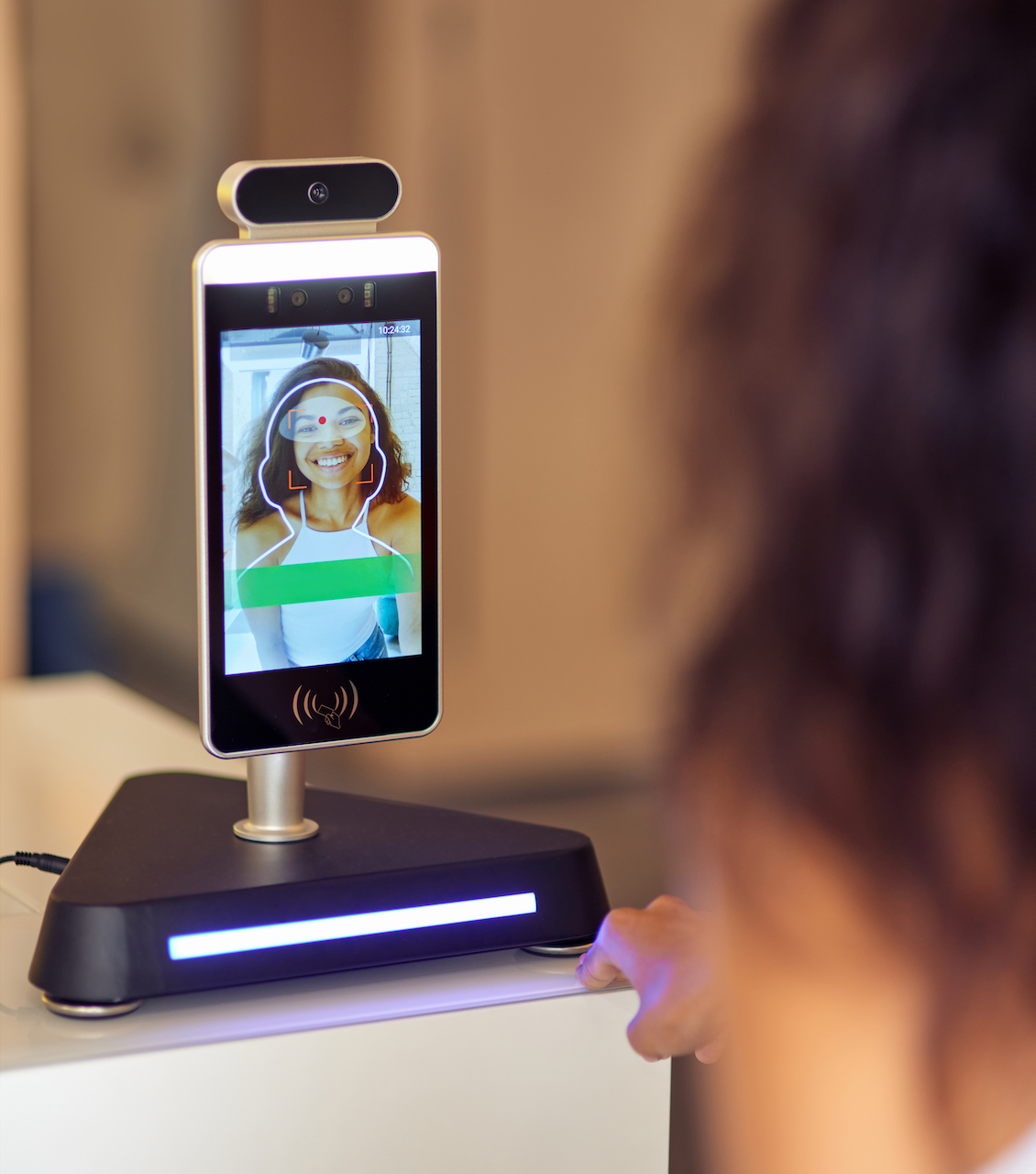When it comes to digital authentication, biometrics is the most advanced. The unique identifiers on your body are impossible to replicate, no matter what the Mission: Impossible movies tell you. Several modern digital devices around you already support the technology to scan and recognise fingerprints and facial appearances. Throughout this guide, we’ll focus on the latter and detail how a facial recognition app works.

What Is Facial Recognition?
Facial recognition is a biometric technology that allows a computer to recognise the necessary points and feedback from a physical human face. It’s a popular technology you can find everywhere, from your smartphone to airport security stations.
While you can do it reasonably well using a camera, reliable biometrical facial recognition requires additional sensors. More on this is in the following section.
How Does Facial Recognition Work?
You can’t train a computer to read a human face directly. Instead, the process requires programming the necessary protocols to analyse the electrical inputs. The procedure involves the following steps.
1. Photo Capture and Detection
The first step involves recording specific facial landmarks. Those may include the eyebrows’ width, the nose’s shape, eye colour, and jawline depth, among other features that help separately identify individuals. High-definition cameras can quickly record such information, but it’s best to have UV and laser sensors to feed precise information to the system.
2. Conversion
Once the physical identifiers are recorded without contact, the system converts them into analytical data that a machine-learning algorithm can process. That data set is usually a set of numbers in a specific order that goes into a preset mathematical formula. The output is a data map called a faceprint, which is unique for each individual as every face is different. It’s this faceprint that proceeds to analysis.
3. Analysis
With all the relevant landmarks read, the system proceeds to analyse whether the faceprint has the necessary markers to make a match within the database. If any parameters default, for instance, if the eye colour was unreadable due to glasses, the system negates further processing and resets the process to the initial capture stage.

4. Comparison
With the faceprint verified, the system compares the current input to the hundreds or thousands of faceprints recorded within the database. Depending on the size, it might simultaneously compare each faceprint with multiple images. The key is finding an appropriate match within a small margin for tolerance.
The FBI database is a good example. It had more than 640 million images stored as of 2019, even though the entire population of the US was just over 300 million at the time.
5. Final Determination
When the requisite faceprints are up for comparison, the software will undergo a final stage to match the faceprint once again, especially when there are multiple matches. It shortens the variations and looks for an exact match. This stage takes the least time to process but is often the most crucial. Once the match is confirmed, the system returns a valid ticket to process the required machinery.
Short Summary
In recent years, facial recognition apps have come under plenty of fire as more people have become concerned with the privacy of the networks that store their facial recognition information. Therefore, the service you choose to strengthen security may determine how viable it remains in the coming years. For the best facial recognition and thermal detection systems, connect with Qbasis for a free quote today.



